Research expedition visits plastic pollution hotspot

More than 2 years after Henderson Island was found to have the 'world's highest’ recorded density of plastic rubbish scientists returned for another research expedition last June

More than 2 years after Henderson Island was found to have the 'world's highest’ recorded density of plastic rubbish scientists returned for another research expedition last June
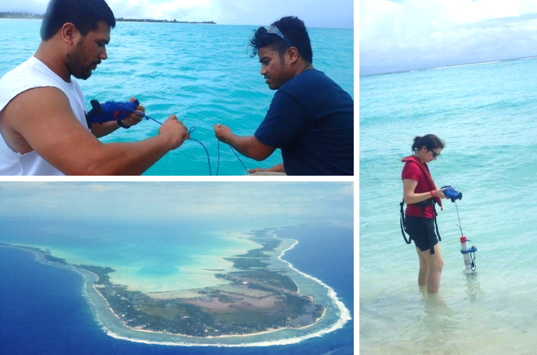
A group of scientists visited Tarawa, Kiribati, to carry out a vital water quality survey
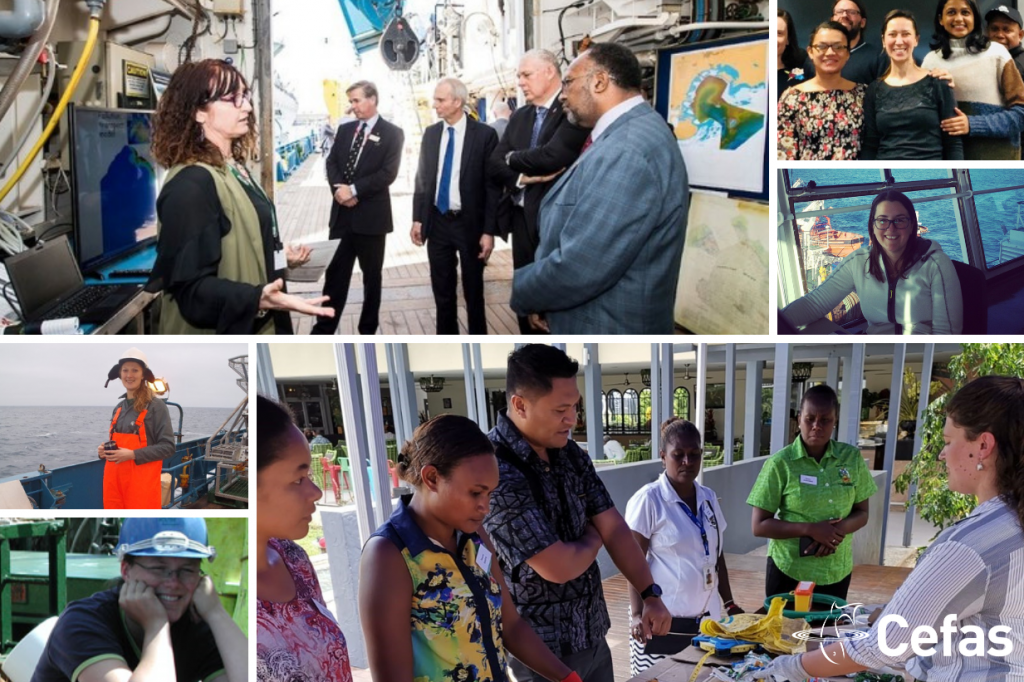
Today is international women’s day! In celebration of the annual event we’re learning more about some of the female scientists in Cefas.
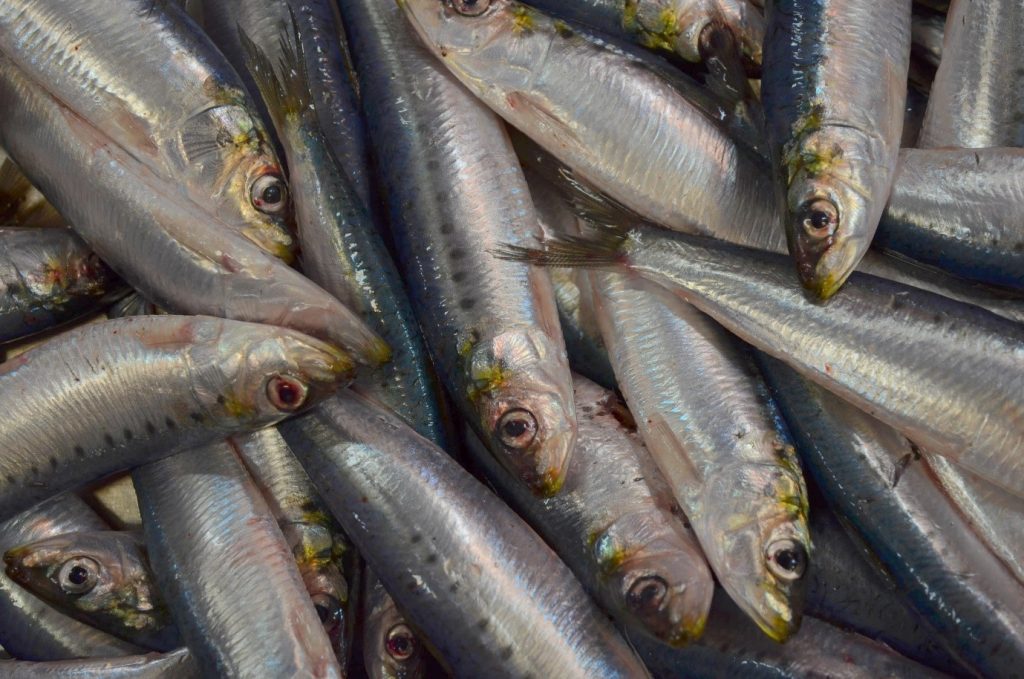
This autumn, Jeroen van der Kooij and a team of scientists and crew from Cefas and other marine organisations are heading out to sea onboard RV Cefas Endeavour for the seventh annual PELTIC survey. In this blog, Jeroen explains what …
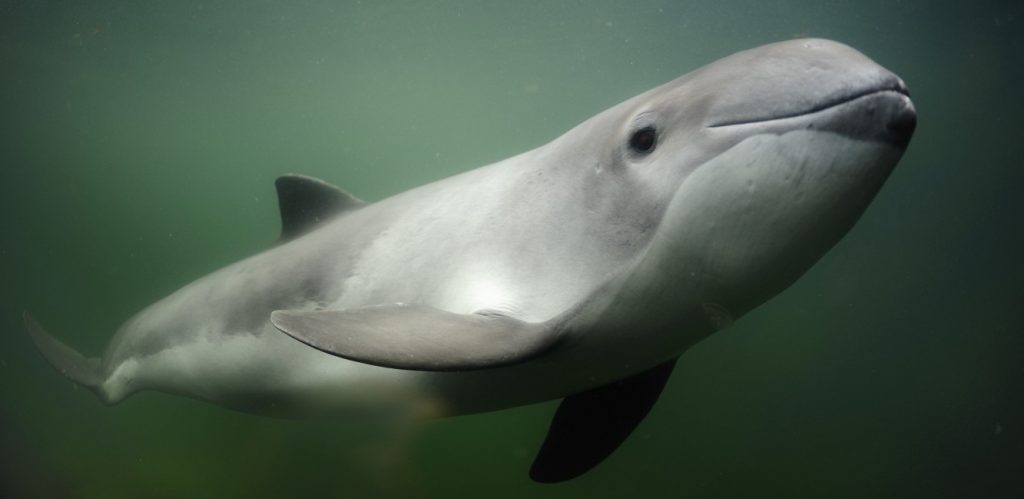
Cefas scientists have published a study which proposes a new methodology to manage the impact of underwater noise on marine life. The work, titled “Marine Noise Budgets in Practice” and published in the journal Conservation Letters, allows policy makers to …
As a fisheries scientist, I believe that there is a need to consider the wider role of ecosystem processes in sustainable management of the marine environment – not looking at a single species or process in isolation. My team and …
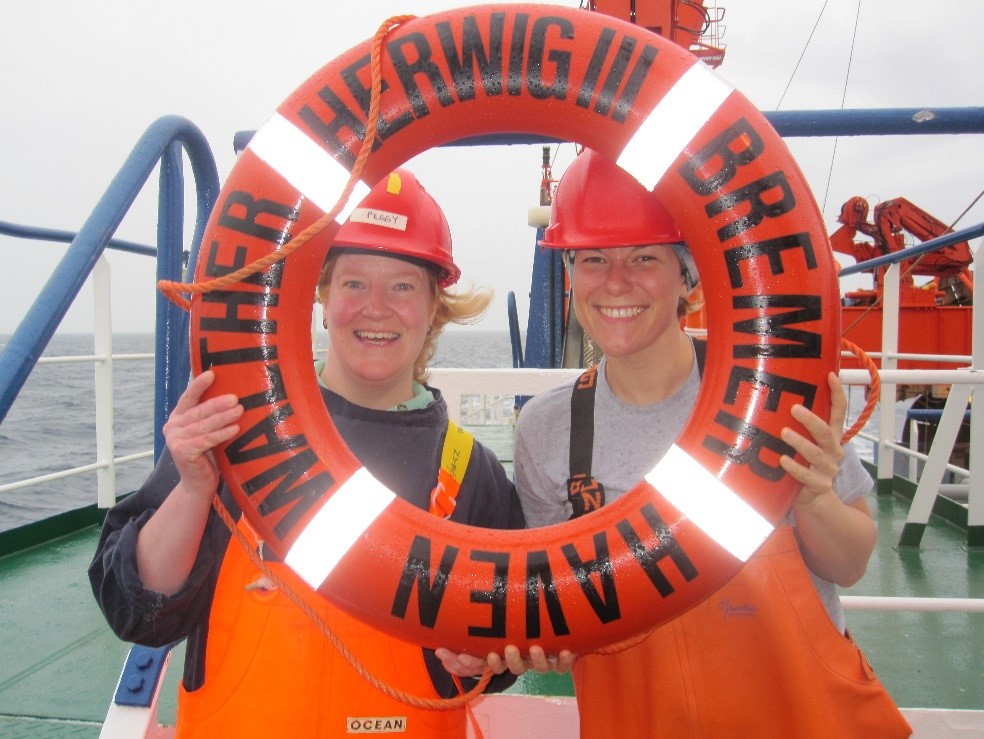
A multinational survey Earlier this year, I was invited to take part in a multinational survey of the Dogger Bank Natura 2000 site, on board the FRV Walther Herwig III, alongside scientists from the Joint Nature Conservation Committee (UK), the …
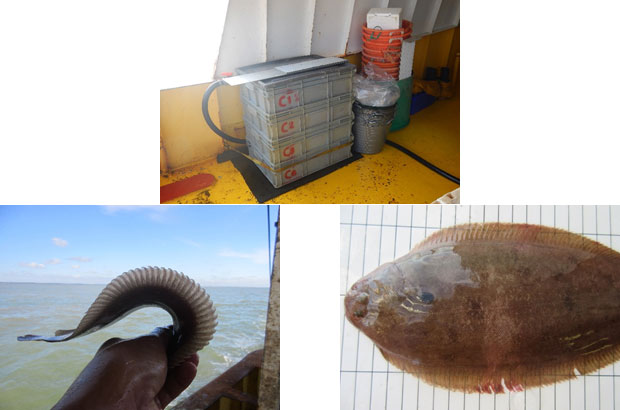
Half of undersized sole survive after being caught and discarded in the English east coast inshore otter trawl fishery, according to preliminary results of research conducted by Cefas scientists. Senior scientist Tom Catchpole provides an update on the survival of …
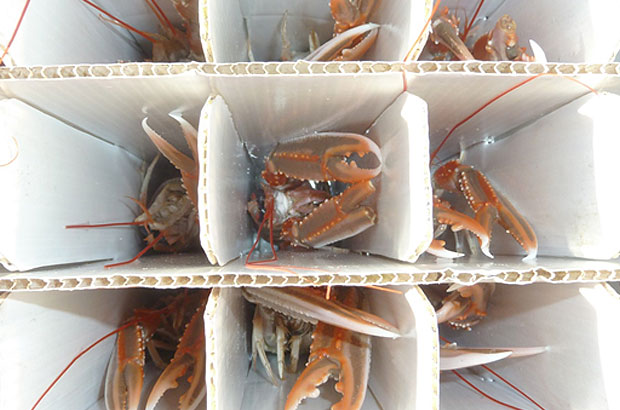
Senior Cefas scientist Tom Catchpole explains why fish are discarded back to the sea, and what happens to them.
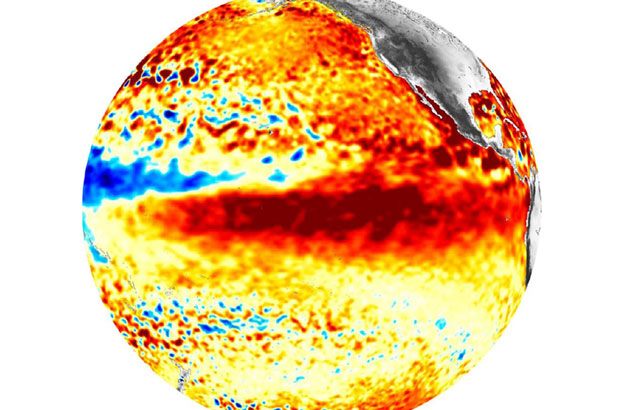
Evidence is emerging that the devastating outbreaks of Vibrio disease recently witnessed in Latin America are linked to significant El Niño events. New research using the latest microbial and genomic tools is providing a fresh insight into how El Niño …